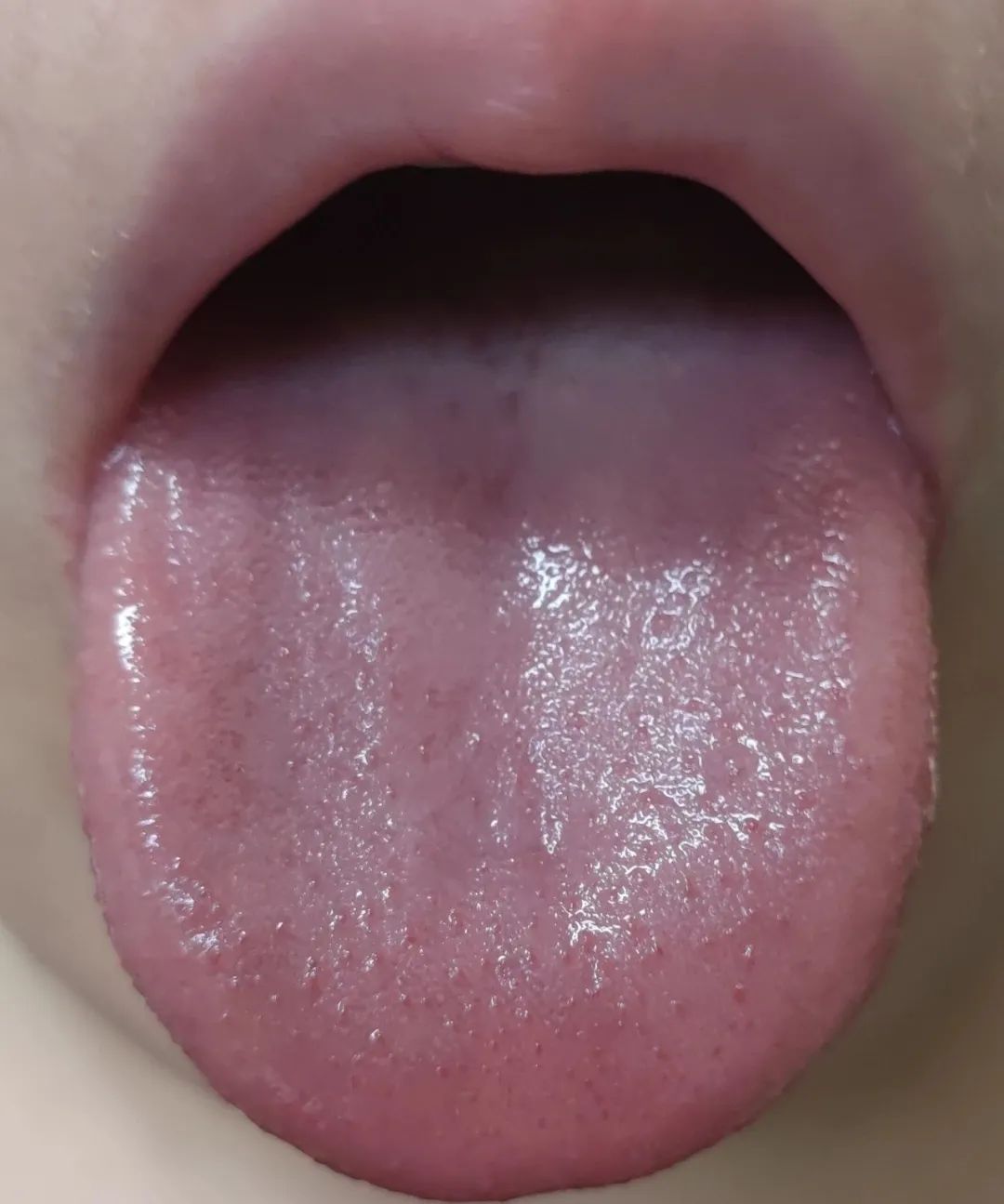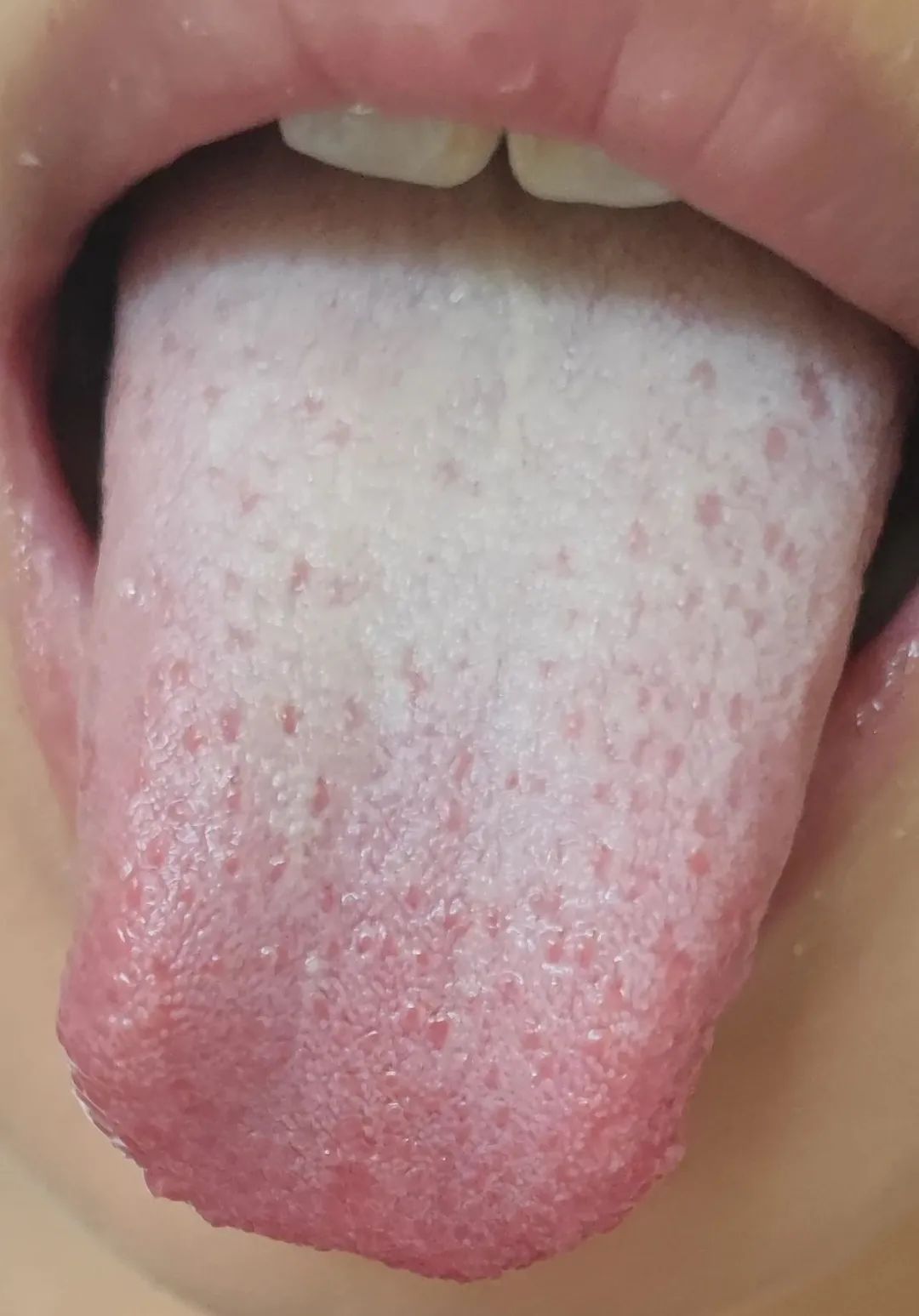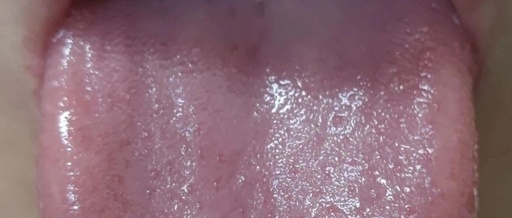| I have written many articles on practical medical cases, and many readers have asked me how the theory of tongue diagnosis was formed.My theory of tongue diagnosis is based on the tongue diagnosis approach of the six meridians in the Treatise on Cold Damage (Shang Han Lun), without referencing many modern popular books and lectures available online. However, I have read various ancient texts, including the Treatise on Cold Damage, and I enjoy pondering and reflecting on them.Today, I would like to share a book related to tongue diagnosis that I read in the past. I have forgotten the title, but I made some notes, which I will show you. |
1、Taiyang Exterior Syndrome initially presents with a tongue that is often moist and without coating. This is the core principle.
Note: Taiyang disease is characterized by fear of cold, aversion to cold, and a floating pulse, which may indicate either a cold damage or wind invasion. Treatments include Ma Huang Tang (Ephedra Decoction) and Gui Zhi Tang (Cinnamon Twig Decoction). The main focus is on the moistness of the tongue; the tongue coating must not be thick or full. If it is thick and full, please refer to the subsequent sections.

2、There may be a slight white and thin coating, or even a pale white color.
Note: If there is a tongue coating in Taiyang disease, it must be thin and slightly white. If it is significantly white, it may indicate internal cold or other issues.
3、For those with a history of phlegm-dampness, the coating is often thick, white, and slippery, with a pale red tongue color.
Note: A thick coating is generally described as “full” or “thick”; a slippery white coating usually indicates dampness, and if severe, phlegm. The color of the tongue body remains unaffected, typically a normal pale red.
Thus, the key to diagnosing Taiyang disease is to observe the tongue coating, not the color of the tongue body.
4、For those with a tendency to blood heat, the coating may be slightly white, but the tongue color is red.
Note: If the patient has blood heat or what is referred to as internal heat, the tongue coating may not be affected, but the tongue color will be red. Therefore, when assessing blood heat or internal heat, focus on the tongue body rather than the coating. The coating primarily indicates whether there is an exterior Taiyang disease, while the tongue body reflects issues related to “Wei Qi, Ying, and Blood,” or the internal heat described in modern diagnostics.
Again, I emphasize that observing the tongue coating is crucial for diagnosing Taiyang disease; the tongue body is not the main focus. It took me a long time to understand this.
5、If it transmits to the organ,the Bladder accumulates urine, with a thick, pure white coating that is not dry or rough.
Note: If there is a bladder organ issue, it indicates problems with the urinary system and fluid excretion. The tongue will definitely be thick and white, reflecting cold dampness, and it will not be dry, as it is not a dryness evil but rather a case of water not being expelled.
As a personal addition, the thick coating is generally located in the middle to lower part of the tongue.
6、The Bladder accumulates heat, with a coating that is mostly white with slight yellow, thin and slippery.
Note: If there is heat in the bladder, it is a lower burner issue, often presenting with a slightly yellow coating at the root of the tongue. This indicates that the urinary system is unable to expel water, resulting in a white and slippery coating, but with inflammation, there is also heat evil, hence the slight yellowing. The root of the tongue must be moist, not dry and granular.

The above two tongue images are quite informative; the second one is more complex, which is why I prefer to see patients with the first tongue image.
This section of the article contains a wealth of information, essentially guiding my foundational understanding of tongue diagnosis for Taiyang disease.
Since it completely aligns with the fundamental theories of the Treatise on Cold Damage, any practitioner familiar with the Treatise can easily relate to it.
Therefore, as long as one accurately observes, they can prescribe without issue.
In clinical practice, everyone can further validate this with inquiry and pulse diagnosis.
|
I believe that the Treatise on Cold Damage is the foundational theory of Traditional Chinese Medicine, and any TCM practitioner should first thoroughly study it. Thus, when constructing the theoretical framework for tongue diagnosis, it should closely integrate with the theories of the Treatise on Cold Damage. If you have studied the Treatise on Cold Damage, it will be easier to understand my descriptions of tongue diagnosis. In fact, observing the tongue reflects cold, heat, deficiency, excess, Qi, and blood, combined with your preferred TCM theories, you can then prescribe. For example, in my theory of diagnosing Taiyang disease, for the first tongue image, I can simply use Ma Huang Tang (Ephedra Decoction) or Gui Zhi Tang (Cinnamon Twig Decoction) without needing to ask the patient many questions. However, once I encounter the second type of tongue image, it becomes more complex, requiring inquiries about phlegm-dampness and other issues. |
Follow Lily’s public account to exchange and learn about TCM knowledge together!!!

